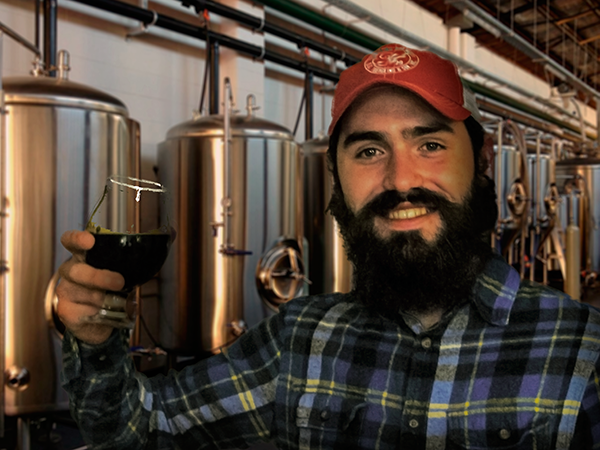
Brewing, packaging, supply management, marketing; there’s more to making beer than just “making beer”. Plenty of breweries that make great beer grew to be successful without a formalized quality control program, but eventually they all realized that quality control is an investment in the future. Quality control is more than good practice, it protects your brand and, most importantly, your customers from flawed or deviant beer.
As a brewer, how do you maximize the chance of a consumer choosing your beer from the shelf? The explosion in craft brewing across the United States has unleashed an unprecedented level of choice for beer drinkers; more unique, interesting, and innovative beers are available now than have ever existed in the past. Accordingly, consumers have become more educated in the range of styles and flavor profiles available, consumption choices, and their own preferences.
A few of our clients started brewing craft beer in the 1990’s and have grown into large breweries; all of them say their margin for error has decreased – educated drinkers today are more sensitive to quality problems and deviations in flavor profile and are willing to switch to a more consistent brand. It follows that a great product is only half of the equation for success; you need to invest in consistency, making beer free of flaws, taints, contaminations, and batch-to-batch deviations. This combination of quality and consistency is your key to building trust, customer loyalty, and a successful brewery.
Has your brewery delayed starting or improving your quality control program? The upfront cost of starting a QC program appears prohibitive, the results difficult to interpret, and the return on investment (ROI) distant. In the past, all of these challenges limited the number of breweries that could implement an effective QC program. Today that is no longer the case; better, more cost-effective sensory-based tools have reduced the upfront cost and time to ROI.
Why should you invest in a quality control program today, even if you’ve never had a problem in the past? Growing breweries often expand production faster than their QC capabilities, magnifying the potential problems caused by one bad batch of beer. Measuring the ROI of a quality control program is a function of your brand’s future growth; it takes consistently great beer today for demand to increase tomorrow. Shipping one bad batch of beer could destroy a customer’s trust and loyalty in your brand. The effect of losing each additional consumer is compounded because breweries grow primarily through organic channels, such as word of mouth and recommendations; the longer your brewery delays starting an actionable quality control program, the more damage a deviant or contaminated batch of beer will do to brand and customer loyalty. When you have beer shipping across the country in the hands of multiple distributors, any quality control problem quickly becomes untraceable and nearly impossible to correct – drinkers will hold your brand accountable.
The good news is that it does not matter what size of brewery you are an actionable quality control program can shift the power back into your hands, where it belongs. All you have to do is start training a sensory panel on your core beers and the flaws, taints, and contaminations common in those styles. Sensory training comes in many different forms, but luckily there is software out there to help you do it quickly, easily, and efficiently.
Growth starts with quality – control it!
Want to learn more? Check out our resources page about building a quality control program at your brewery.
By Jason Cohen, CEO of Analytical Flavor Systems



Be the first to comment